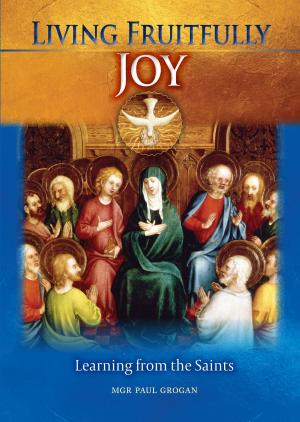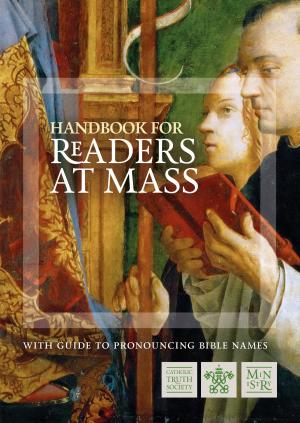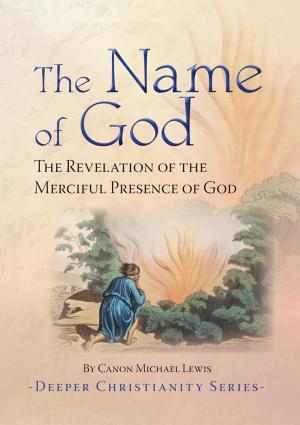| Author: | Leonard Cheshire VC, Bede Jarrett | ISBN: | 9781784695026 |
| Publisher: | Catholic Truth Society | Publication: | October 17, 2017 |
| Imprint: | Catholic Truth Society | Language: | English |
| Author: | Leonard Cheshire VC, Bede Jarrett |
| ISBN: | 9781784695026 |
| Publisher: | Catholic Truth Society |
| Publication: | October 17, 2017 |
| Imprint: | Catholic Truth Society |
| Language: | English |
Although Leonard Cheshire’s remarkable and heroic war service (he flew over a hundred bombing missions over Germany and occupied Europe and was awarded a string of decorations, including the Victoria Cross) had made death a daily companion, it was not until after the war, when he was called to the bedside of a dying comrade from the RAF, that he first saw it clearly, and recognised the value of accompanying the dying as a form of Christian love. The well-known “Cheshire Homes” for the disabled are a lasting memorial to his work. Bede Jarrett was Provincial of the Dominican Order in England from 1916 until his death. His booklet on the resurrection offers a forensic defence of the teaching, and its relevance to ourselves. It is perhaps telling that it was first published in 1919, immediately after the Great War, when death and its sequels were a present reality for most of the population.
Although Leonard Cheshire’s remarkable and heroic war service (he flew over a hundred bombing missions over Germany and occupied Europe and was awarded a string of decorations, including the Victoria Cross) had made death a daily companion, it was not until after the war, when he was called to the bedside of a dying comrade from the RAF, that he first saw it clearly, and recognised the value of accompanying the dying as a form of Christian love. The well-known “Cheshire Homes” for the disabled are a lasting memorial to his work. Bede Jarrett was Provincial of the Dominican Order in England from 1916 until his death. His booklet on the resurrection offers a forensic defence of the teaching, and its relevance to ourselves. It is perhaps telling that it was first published in 1919, immediately after the Great War, when death and its sequels were a present reality for most of the population.















